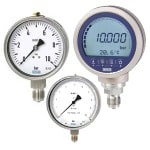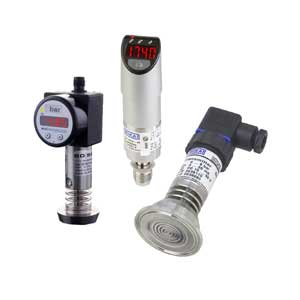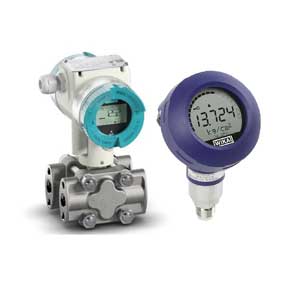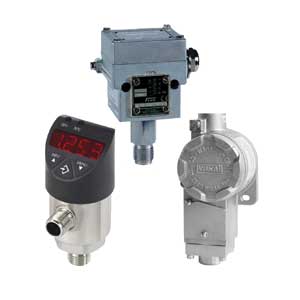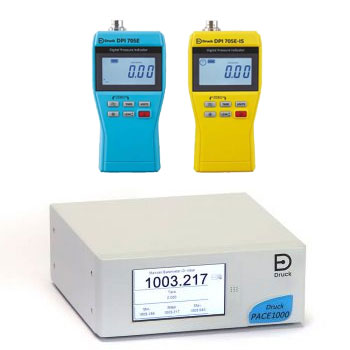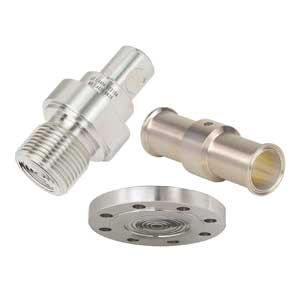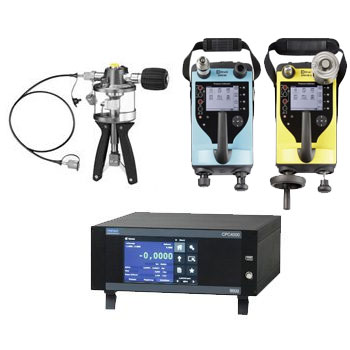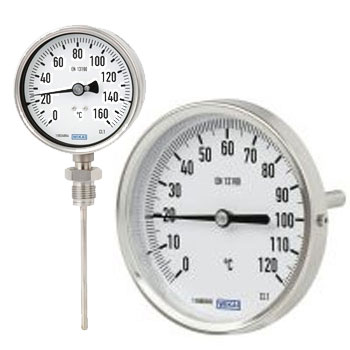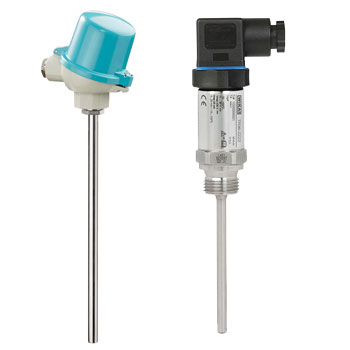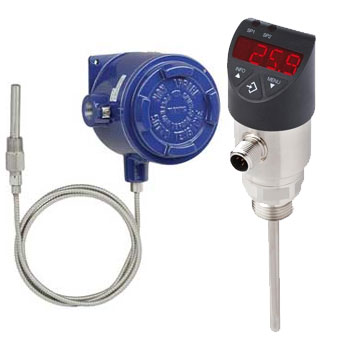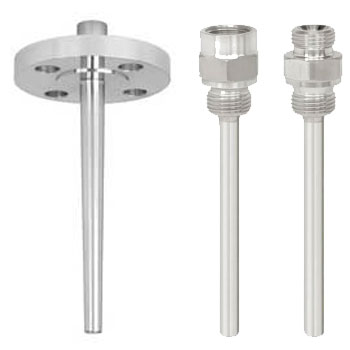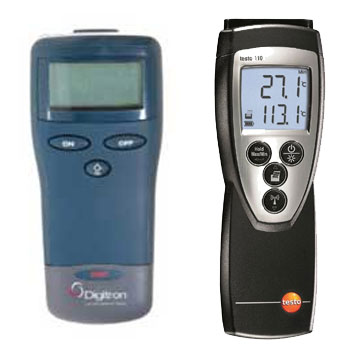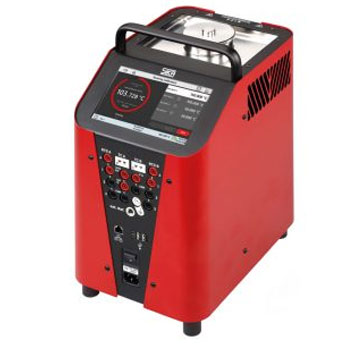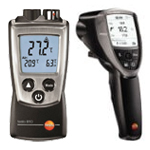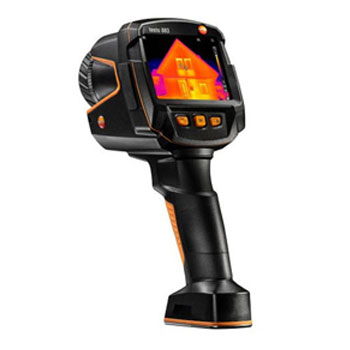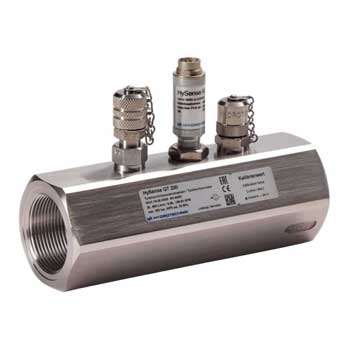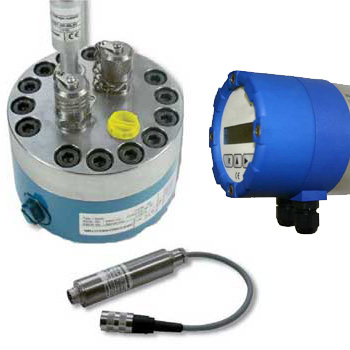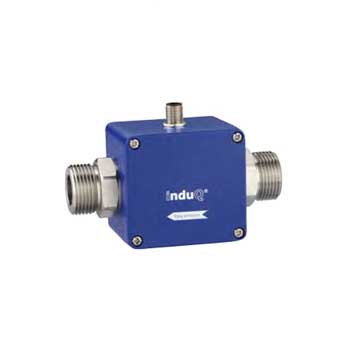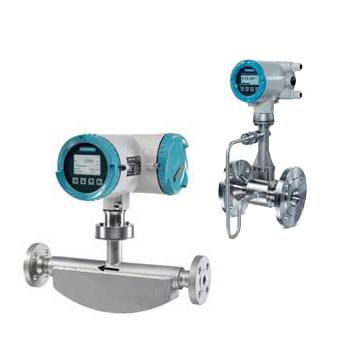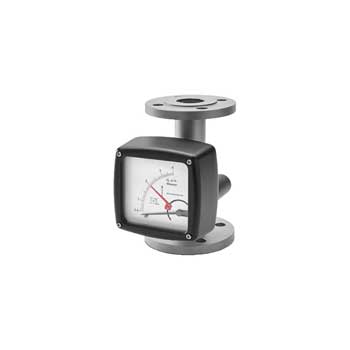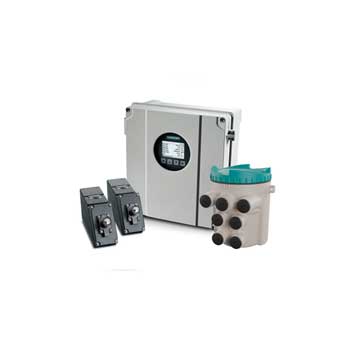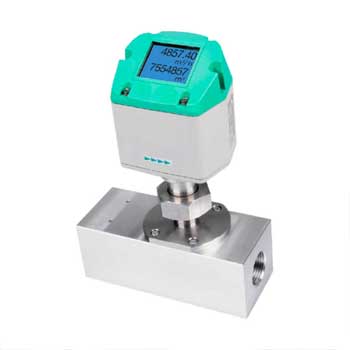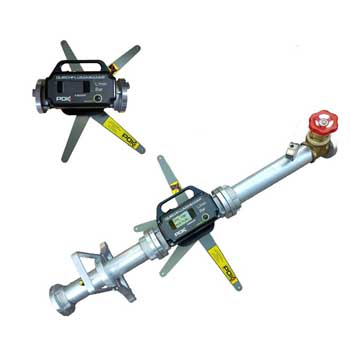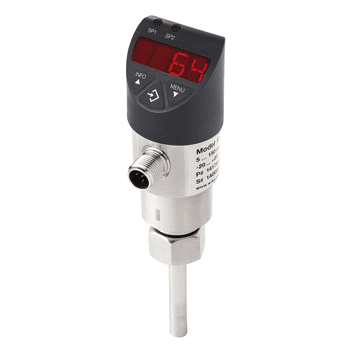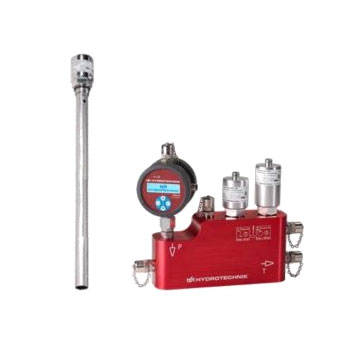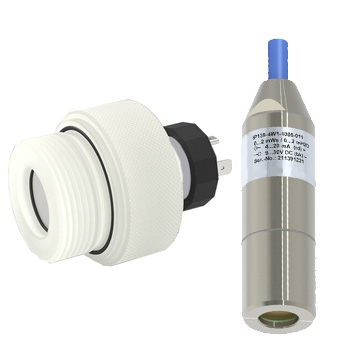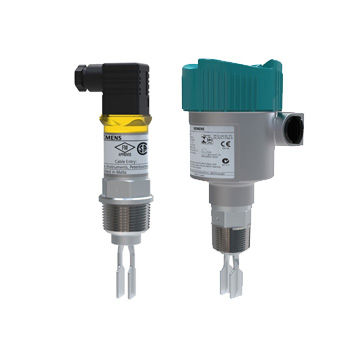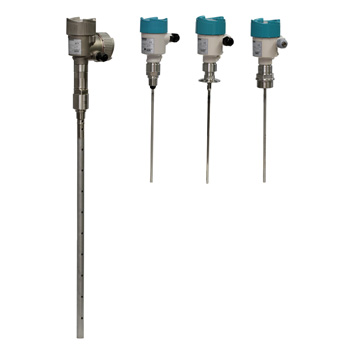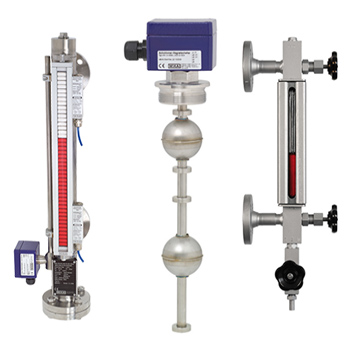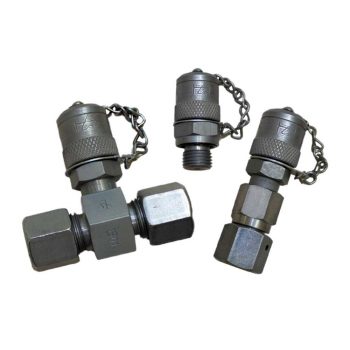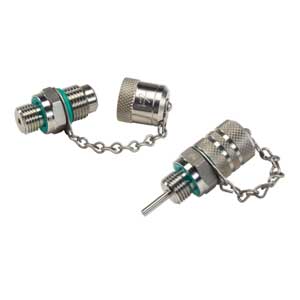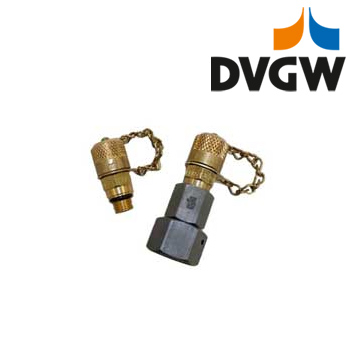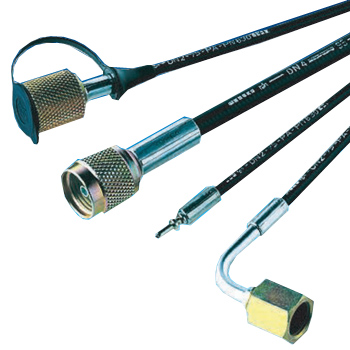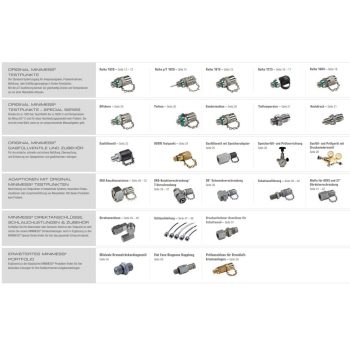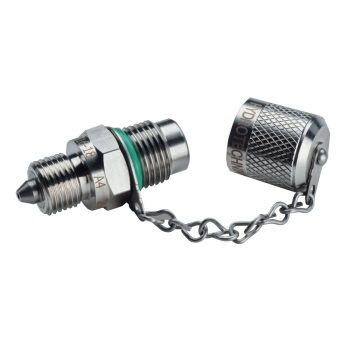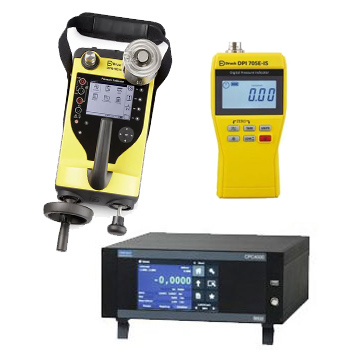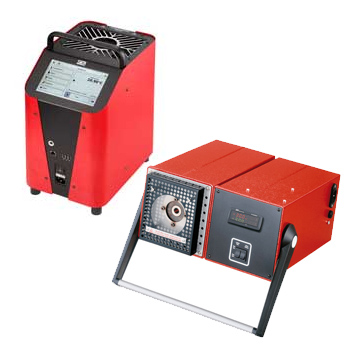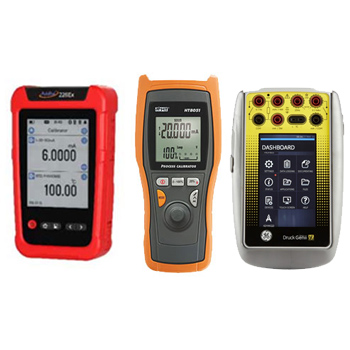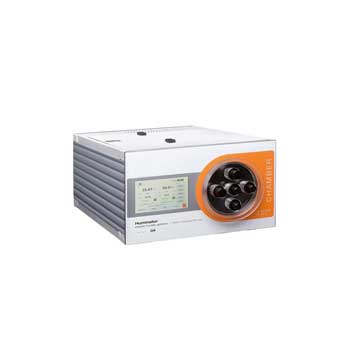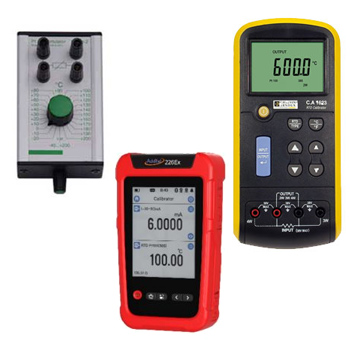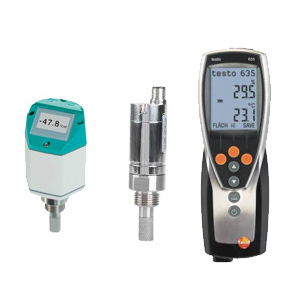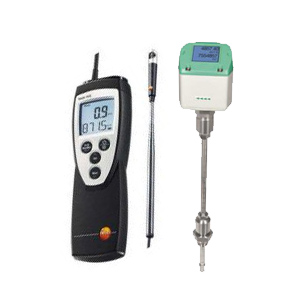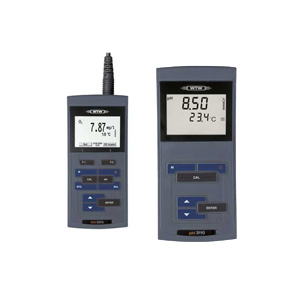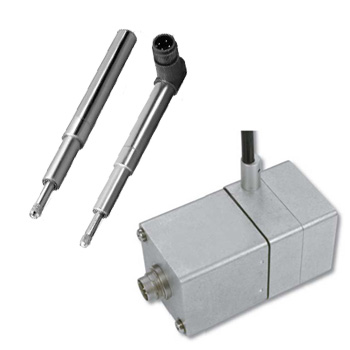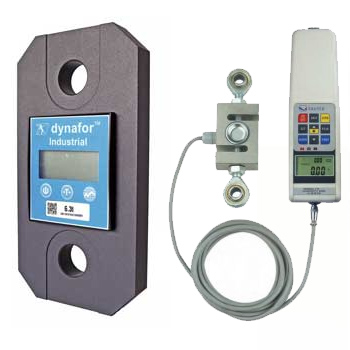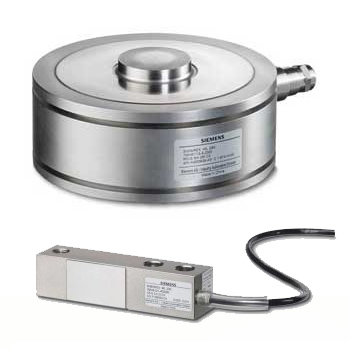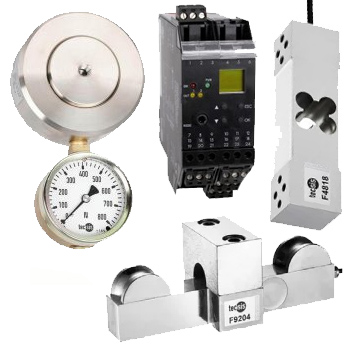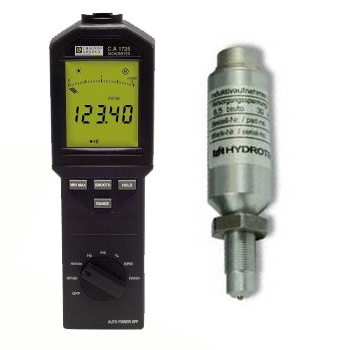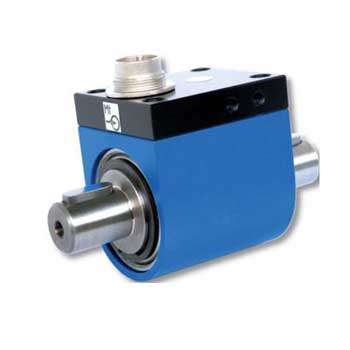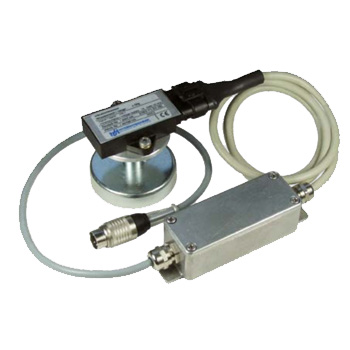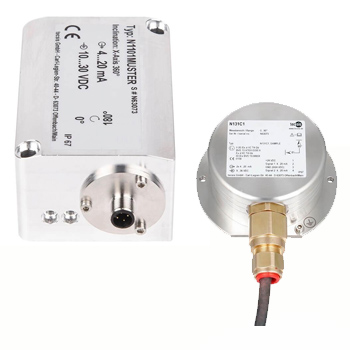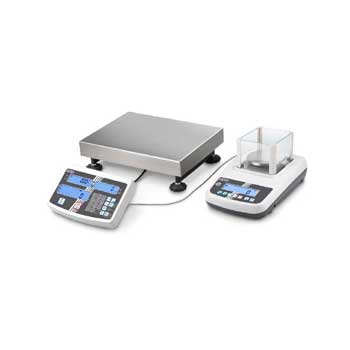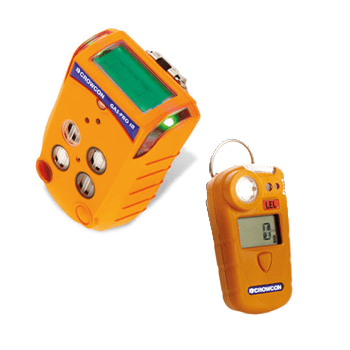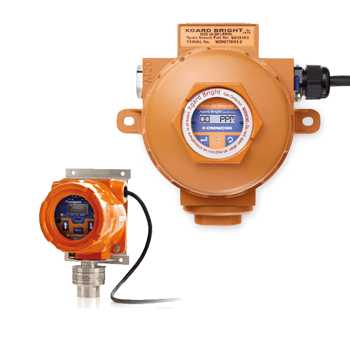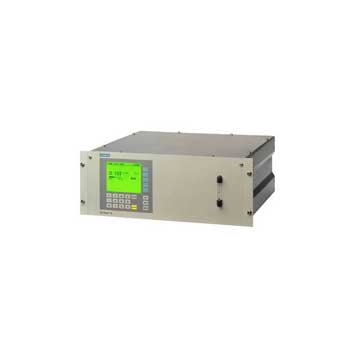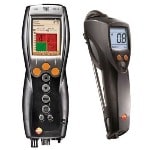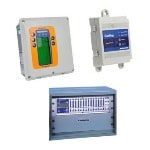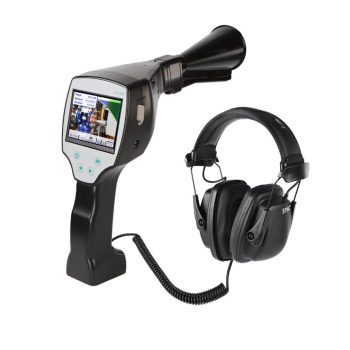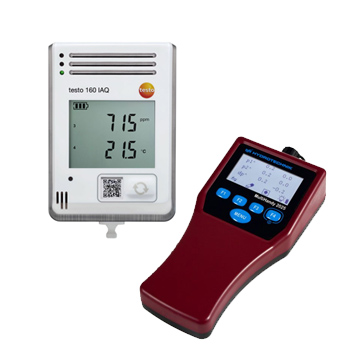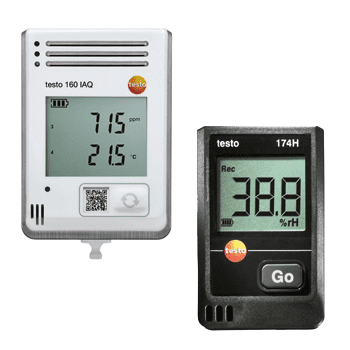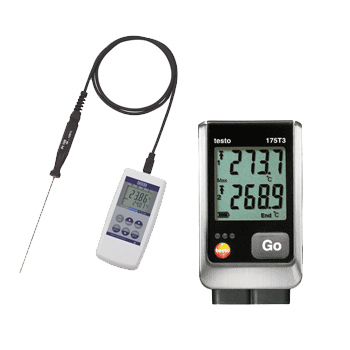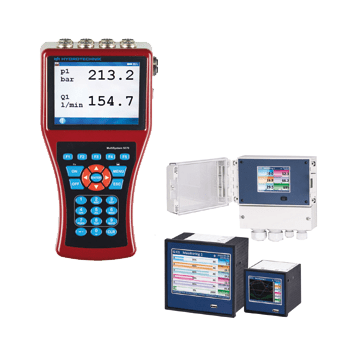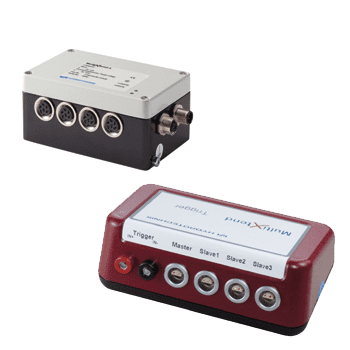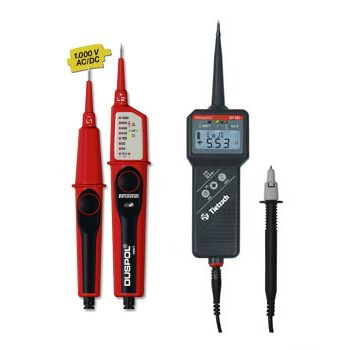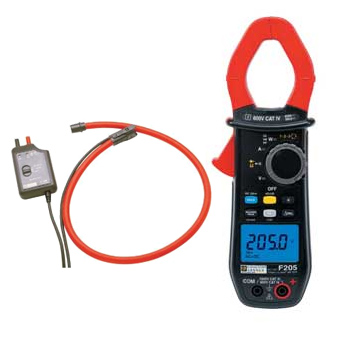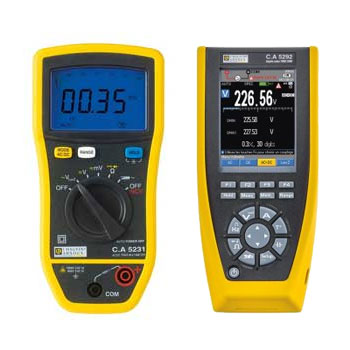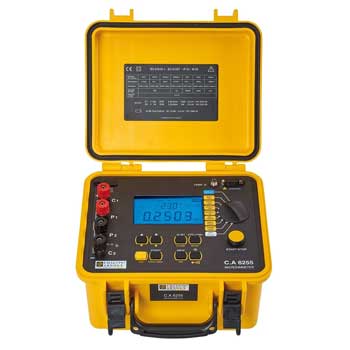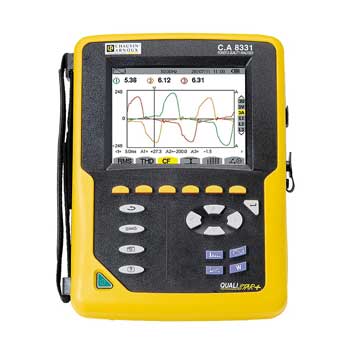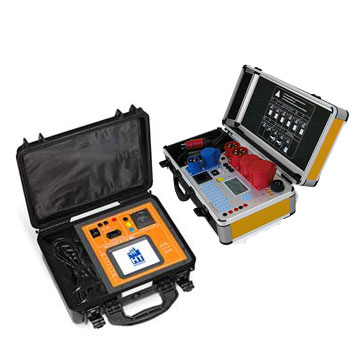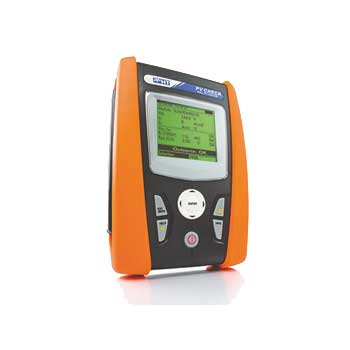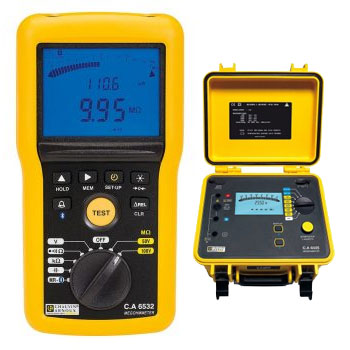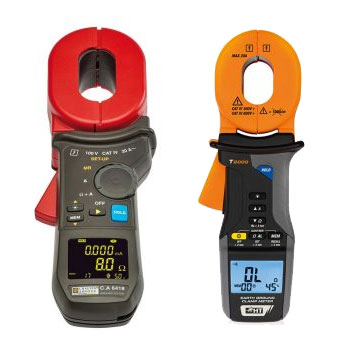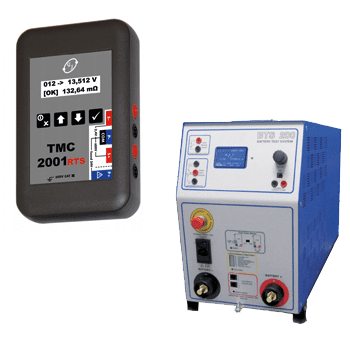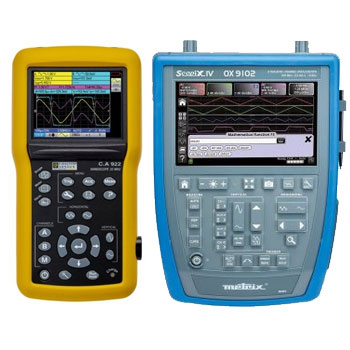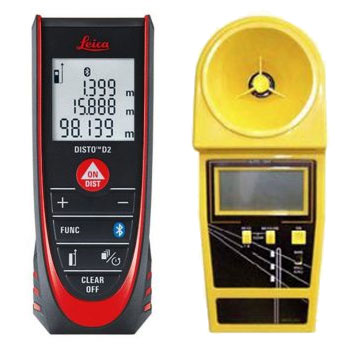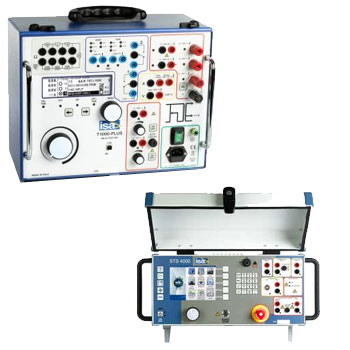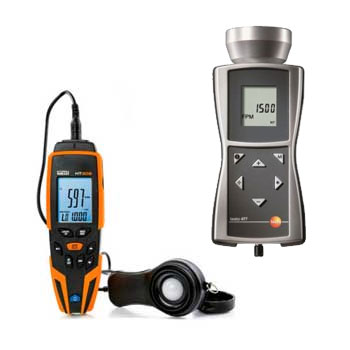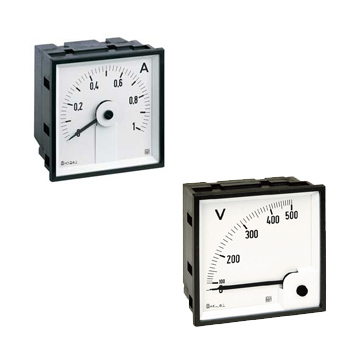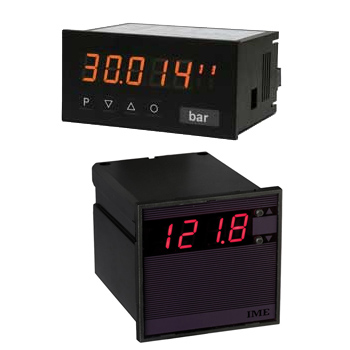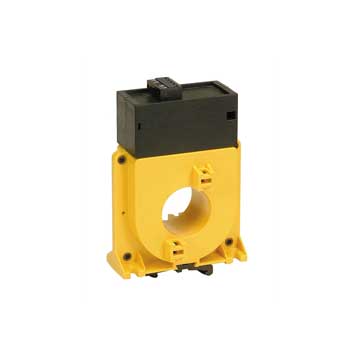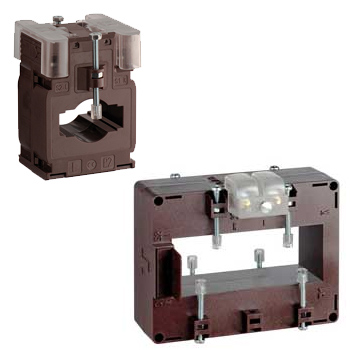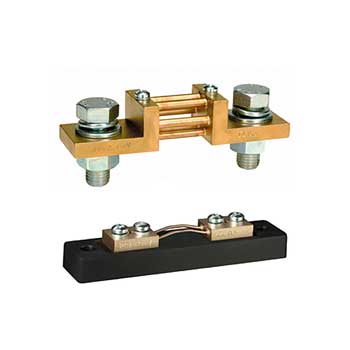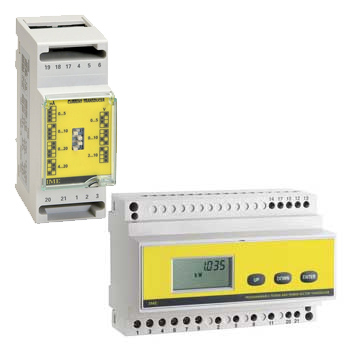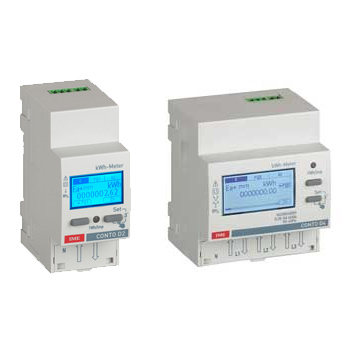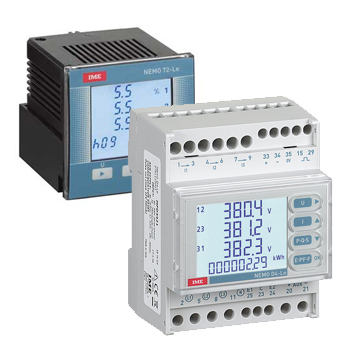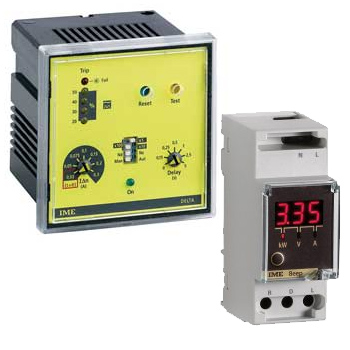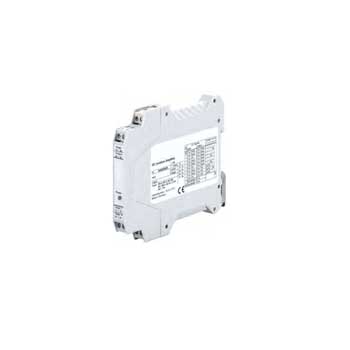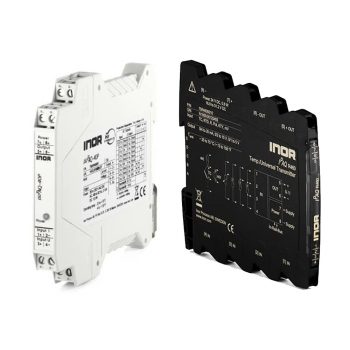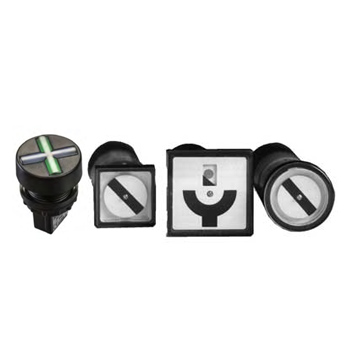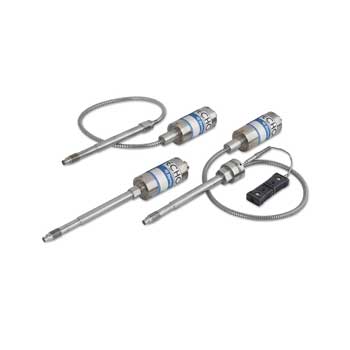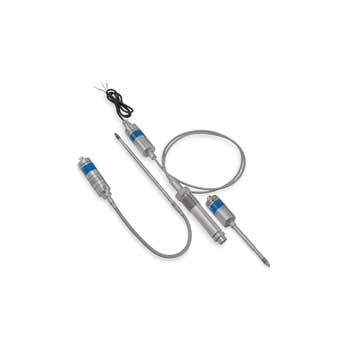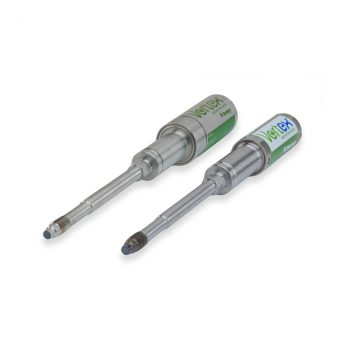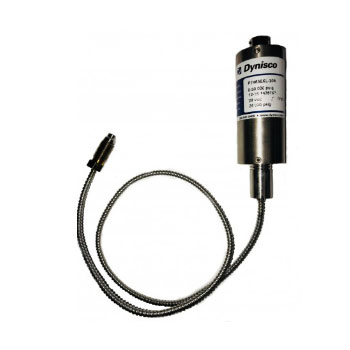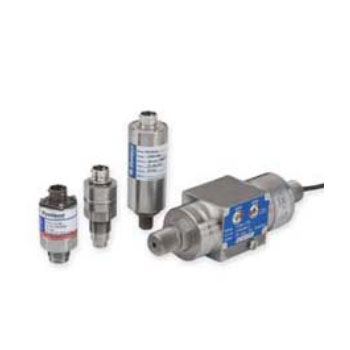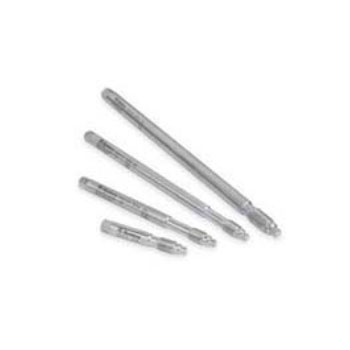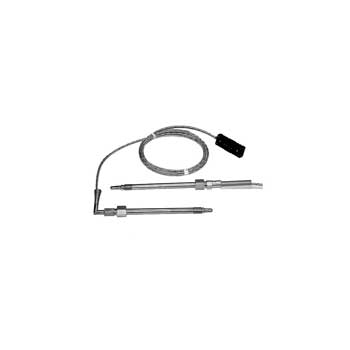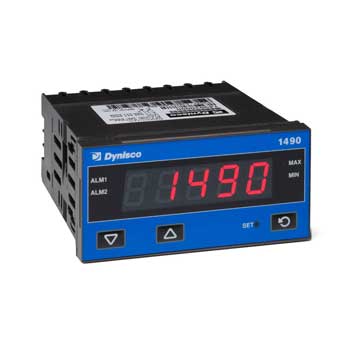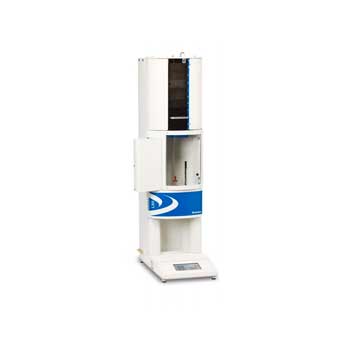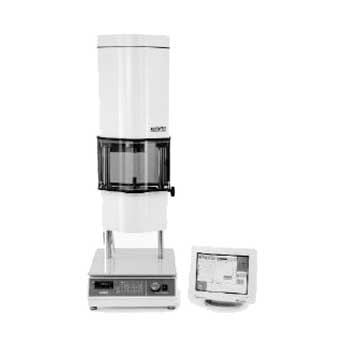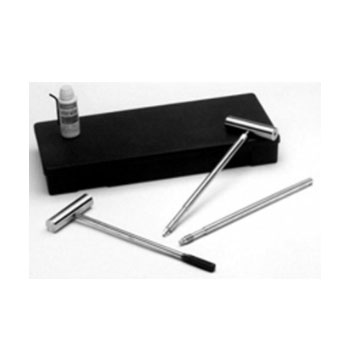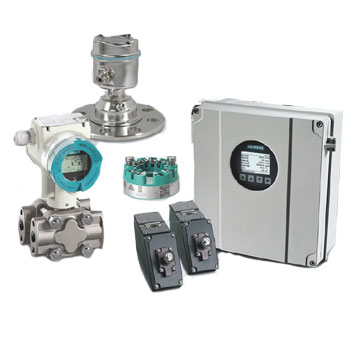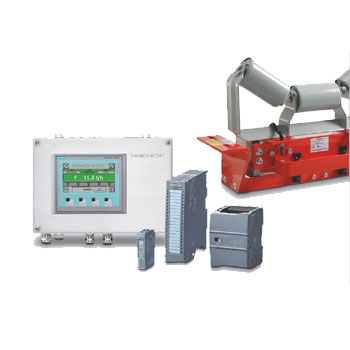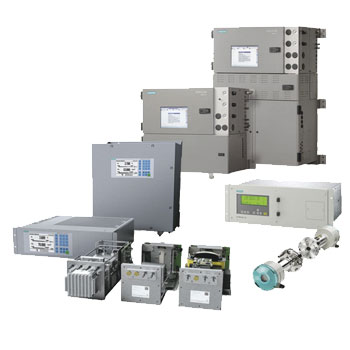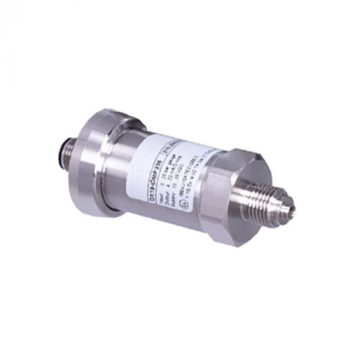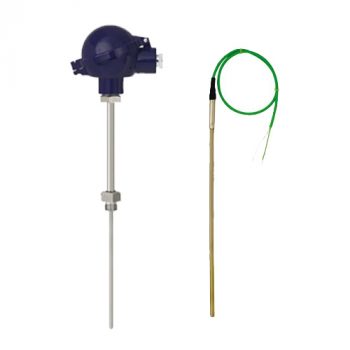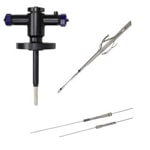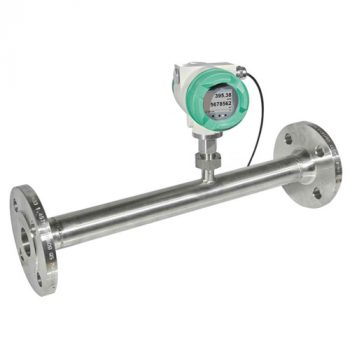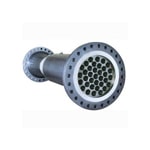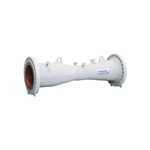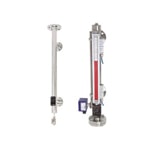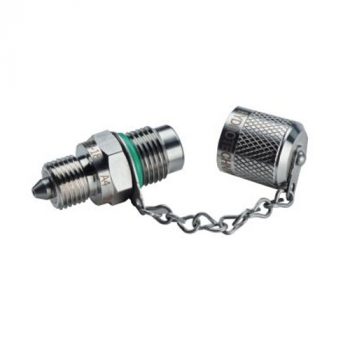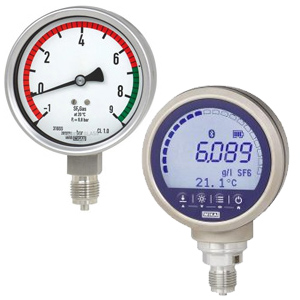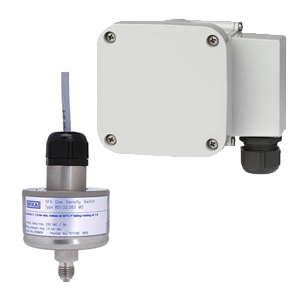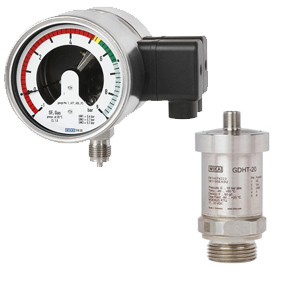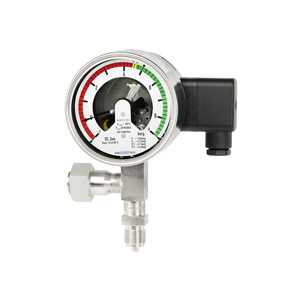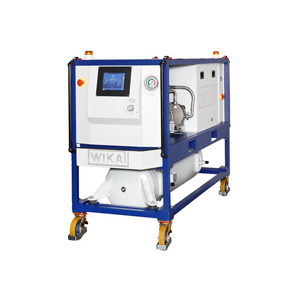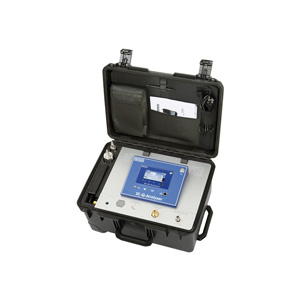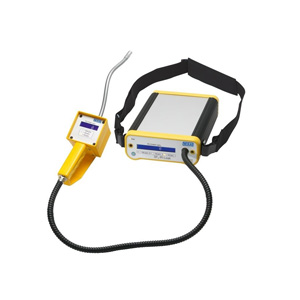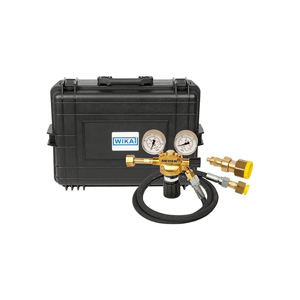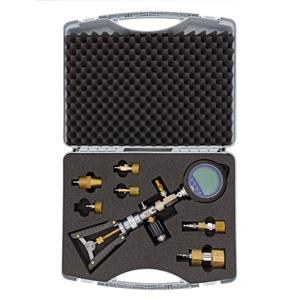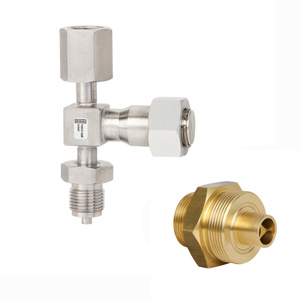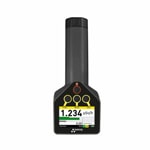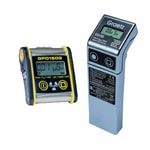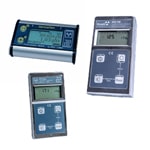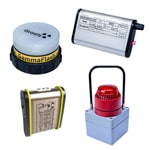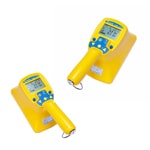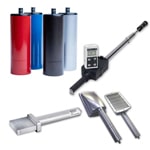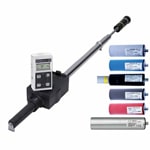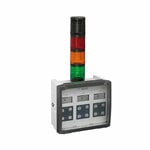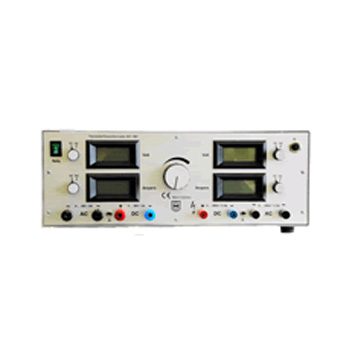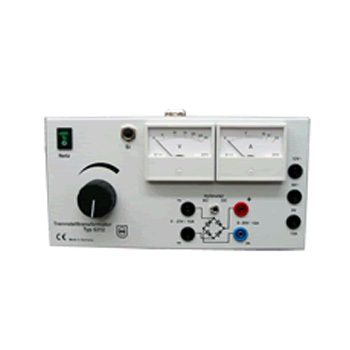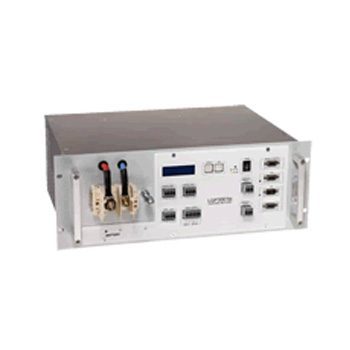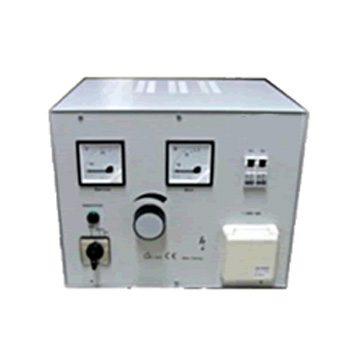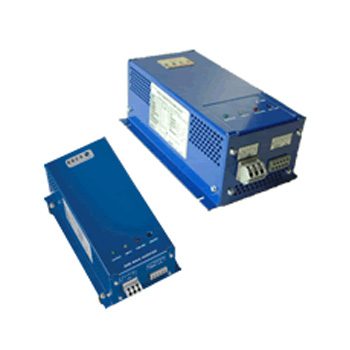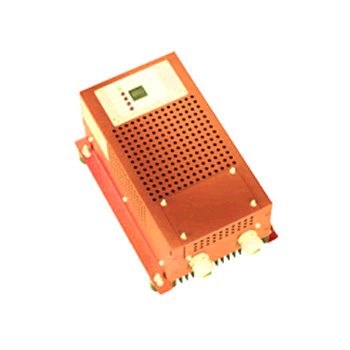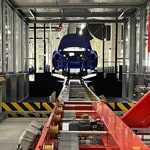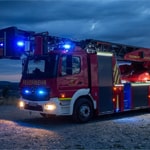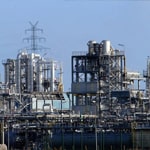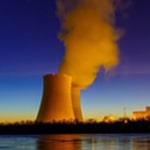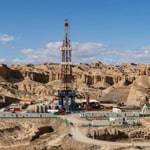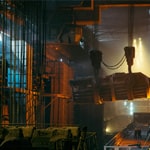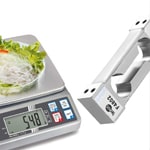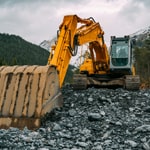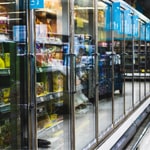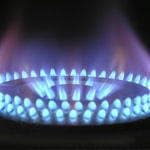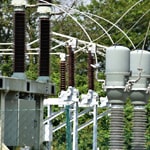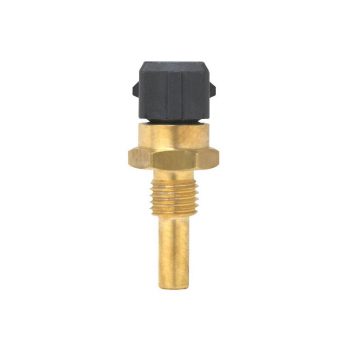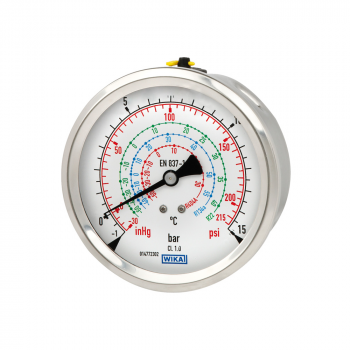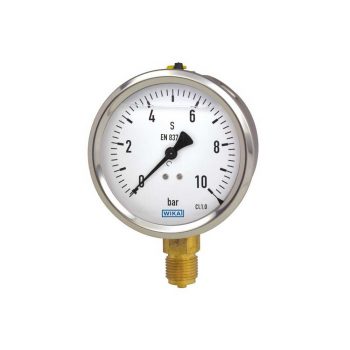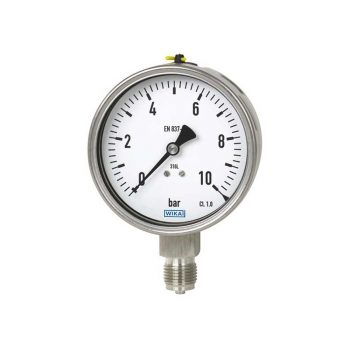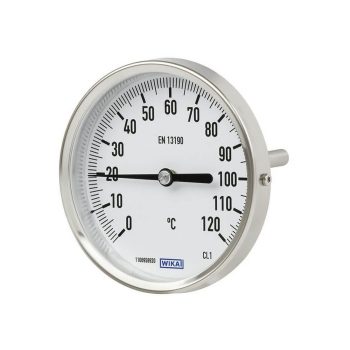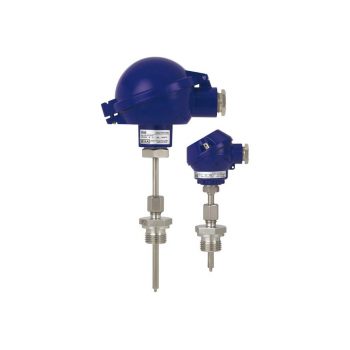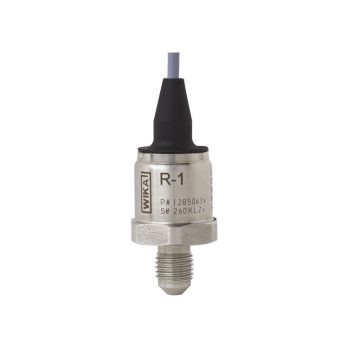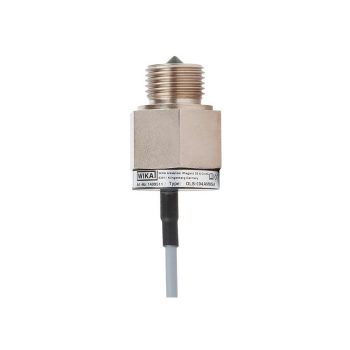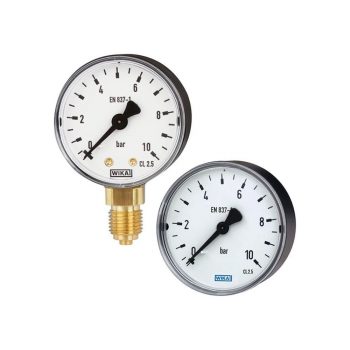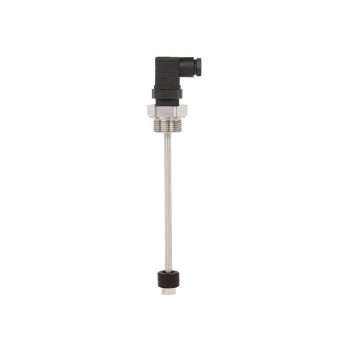Refrigeration technology
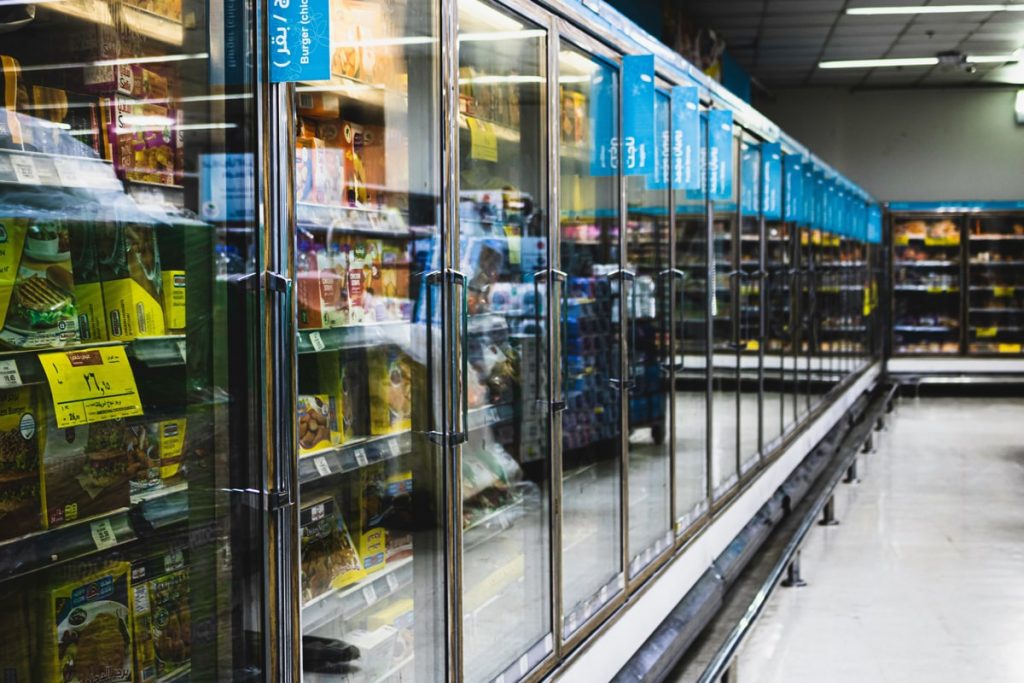
Foto by Mishaal Zahed مشعل زاهد on Unsplash
The refrigeration cycle, central to every refrigeration application, plays a crucial role in enhancing the overall efficiency of the system. Therefore, it is essential to continuously monitor and control different physical parameters such as pressure, temperature, and level. Precise and error-free functioning of the measuring instruments is indispensable for ensuring smooth and energy-efficient operation of the facility.
An effective monitoring and control of the refrigeration cycle not only allows for the optimization of energy efficiency but also extends the life of the facility by minimizing wear and preventing potential failures. Modern sensor technologies and intelligent control systems contribute to adjusting operating parameters in real-time and adapting to changed operating conditions or varying requirements.
Furthermore, the integration of diagnostic and remote monitoring functions is of great importance for enabling predictive maintenance and minimizing downtime. By analyzing operational data, anomalies can be detected early and maintenance work can be planned specifically before costly damages or operational interruptions occur.
The selection of the right refrigerants, which are in line with ecological standards and efficiency requirements, as well as compliance with legal regulations and standards are other important aspects to consider in the design and operation of refrigeration cycles. Advanced refrigeration applications increasingly use natural refrigerants like CO2 or ammonia, which are both environmentally friendly and energy-efficient, to meet the growing demands for sustainable cooling solutions.
Overall, optimizing the refrigeration cycle requires a comprehensive consideration of system design, component selection, and operational strategies to achieve maximum efficiency, reliability, and sustainability. Advances in measurement and control technology play a key role in meeting the requirements of modern refrigeration systems.
Cooling Applications
Maximum efficiency, minimal CO₂ emissions, low noise emissions, and reduced operating costs represent just a few of the central challenges faced by cooling system producers.
To meet these demands, precise coordination of the four core elements of a cooling system – compressor, condenser, expansion valve, and evaporator – is essential. Moreover, the control system must be specifically tailored to the application needs and carefully adjusted. The effectiveness of any control technique depends on the performance of its components.
Therefore, measuring instruments are not only required to be precise in data collection to effectively control the cooling system. They must also be robust against environmental influences, moisture, and contact with various media, since, for example, a cooling unit can be exposed to the elements 365 days a year if it is installed on a roof.
Not all measuring instruments directly affect the control of the cooling system. Nevertheless, regular maintenance of the system is crucial for its long-term reliability. In this context, reliable measuring instruments for monitoring the condition of critical components, such as motor oil, play an important role.
 Datasheet Datasheet |
 User Manual User Manual |
- Very good vibration and shock resistance
- Especially robust design
- Type approval for the shipbuilding industry
- Scale ranges to 0 ... 1,000 bar or 0 ... 15,000 psi
 Datasheet Datasheet |
 User Manual User Manual |
 User Manual User Manual |
 User Manual User Manual |
- Excellent load-cycle stability and shock resistance
- All stainless steel construction
- German Lloyd approva
- Scale ranges up to 0 … 1,600 bar

 Datasheet Datasheet |
 User Manual User Manual |
 User Manual User Manual |
 User Manual User Manual |
 User Manual User Manual |
- Scale ranges from -30 ... +500 °C
- Large choice of nominal sizes from 25 ... 160 mm
- Case and stem from stainless steel
- 5 different connection designs
 Datasheet Datasheet
|
 User Manual User Manual
|

 Datasheet Datasheet
|
 User Manual User Manual
|
 User Manual User Manual
|
 User Manual User Manual
|
 User Manual User Manual
|
- Wetted parts from stainless steel
- Resistant to all common refrigerants
- Special case design for the best possible condensation tightness
- Private labelling possible
 Datasheet Datasheet |
 User Manual User Manual |
In commercial and public facilities such as schools, sports facilities, commercial spaces, and office buildings, powerful heat pumps are used to ensure effective cooling processes. The refrigeration cycle of these systems transports excess heat away, contributing to the cooling of the respective process or space. The heat energy absorbed by the refrigerant can be used for other purposes, for example, in production processes where heat is required for sterilization or drying operations. The reuse of waste heat along with the use of environmentally friendly refrigerants highlights the ecological efficiency of this technology.
Measuring instruments for recording pressure and temperature play a central role in the management of heat pump systems by creating the basis for an energy-saving and optimal operation. The reliability of these measuring devices is of utmost importance to ensure the continuous and trouble-free functioning of the heat pumps and to secure their efficiency.
 Datasheet Datasheet |
 User Manual User Manual |
- Very good vibration and shock resistance
- Especially robust design
- Type approval for the shipbuilding industry
- Scale ranges to 0 ... 1,000 bar or 0 ... 15,000 psi
 Datasheet Datasheet |
 User Manual User Manual |
 User Manual User Manual |
 User Manual User Manual |
- Excellent load-cycle stability and shock resistance
- All stainless steel construction
- German Lloyd approva
- Scale ranges up to 0 … 1,600 bar

 Datasheet Datasheet |
 User Manual User Manual |
 User Manual User Manual |
 User Manual User Manual |
 User Manual User Manual |
- Scale ranges from -30 ... +500 °C
- Large choice of nominal sizes from 25 ... 160 mm
- Case and stem from stainless steel
- 5 different connection designs
 Datasheet Datasheet
|
 User Manual User Manual
|

 Datasheet Datasheet
|
 User Manual User Manual
|
 User Manual User Manual
|
 User Manual User Manual
|
 User Manual User Manual
|
- Wetted parts from stainless steel
- Resistant to all common refrigerants
- Special case design for the best possible condensation tightness
- Private labelling possible
 Datasheet Datasheet |
 User Manual User Manual |
- Application with refrigerants
- Mounting position as required
- Accuracy ±2 mm
- Visual indication of the switching status
- Choice of electrical connections: PUR, PVC cable or circular connector M8
 Datasheet Datasheet |
 User Manual User Manual |
- Reliable and cost-effective
- Design per EN 837-1 or ASME B40.100
- Nominal size 40 [1 ½"], 50 [2"], 63 [2 ½"], 80 [3"], 100 [4"] and 160 [6"]
- Scale ranges to 0 ... 400 bar [0 ... 6,000 psi]
 Datasheet Datasheet |
- Maximum reliability thanks to high-quality reed contacts
- Very high variety and customer-specific solutions possible
- Simple and fast installation
 Datasheet Datasheet |
 User Manual User Manual |
Rooftop air conditioning units contribute to creating a comfortable indoor climate in commercial facilities as well as production and storage sites. Their essential advantage is that they are space-saving as they are mounted on the roof, thus not taking up valuable indoor space.
Such systems can be specifically used for cooling, heating, or as a combined solution that does both, often supplemented by an integrated ventilation function.
The installation outdoors on roofs requires the equipment and measuring instruments to be highly resistant to weather influences and extreme conditions.
Air-cooled rooftop systems are characterized by their energy efficiency. They utilize the principle of adiabatic cooling, where water evaporates and thereby extracts heat from the surrounding air, leading to a temperature decrease. The electricity consumption is limited to the fans that ensure air circulation.
- Very good vibration and shock resistance
- Especially robust design
- Type approval for the shipbuilding industry
- Scale ranges to 0 ... 1,000 bar or 0 ... 15,000 psi
 Datasheet Datasheet |
 User Manual User Manual |
 User Manual User Manual |
 User Manual User Manual |
- Excellent load-cycle stability and shock resistance
- All stainless steel construction
- German Lloyd approva
- Scale ranges up to 0 … 1,600 bar

 Datasheet Datasheet |
 User Manual User Manual |
 User Manual User Manual |
 User Manual User Manual |
 User Manual User Manual |
- Wetted parts from stainless steel
- Resistant to all common refrigerants
- Special case design for the best possible condensation tightness
- Private labelling possible
 Datasheet Datasheet |
 User Manual User Manual |
In modern climate and ventilation technology, heat exchangers are a standard component that significantly increases energy efficiency. These systems are designed to clearly separate the entry point for gas or liquid from the exit point to avoid mixing of the media, although some configurations may allow direct contact between the media.
Within a ventilation system, the heat exchanger plays the important role of recovering heat from the extracted air and efficiently transferring it to the incoming fresh air. This process significantly contributes to improving the energy efficiency of the overall system by reducing the need for additional energy to temper the supply air.
In coaches and trains, effective air circulation and a comfortable climate are crucial for the well-being of passengers. Therefore, these vehicles are equipped with advanced cooling systems that direct tempered fresh air into the passenger compartment through a complex network of pipes and efficiently remove stale air. Essential components of the climate systems include condensers, evaporators, compressors, fans [heat exchangers], and the detailed piping system. The continuous functionality of these complex systems is ensured by the use of highly precise and reliable measuring instruments.
Equally essential is the application of cooling systems in the transportation sector, especially in the transport of temperature-sensitive goods such as food, pharmaceuticals, or flowers in trucks, trailers, or refrigerated containers. These cooling units are critical for maintaining the cold chain from sender to receiver and thus for global trade in perishable goods. Refrigerated containers and truck loading spaces are tempered by cooling systems, the efficiency of which is continuously monitored by pressure and temperature gauges. These devices provide essential data to control systems to ensure a constant and optimal temperature under varying circumstances.
- Very good vibration and shock resistance
- Especially robust design
- Type approval for the shipbuilding industry
- Scale ranges to 0 ... 1,000 bar or 0 ... 15,000 psi
 Datasheet Datasheet |
 User Manual User Manual |
 User Manual User Manual |
 User Manual User Manual |
- Wetted parts from stainless steel
- Resistant to all common refrigerants
- Special case design for the best possible condensation tightness
- Private labelling possible
 Datasheet Datasheet |
 User Manual User Manual |
In retail stores such as supermarkets, grocery stores, and gas stations, refrigeration units are indispensable for keeping perishable goods fresh. These cooling systems are designed to continuously store food at the optimal temperature while maintaining energy efficiency to minimize energy consumption.
Equipped with advanced cooling technologies, these units require constant monitoring of pressure and temperature. This ensures not only compliance with necessary cooling standards but also the smooth functionality of the system.
In many models, the temperature inside is displayed visibly to users. This feature helps ensure food quality and gives consumers the assurance that products are stored under optimal conditions.
- Wetted parts from stainless steel
- Resistant to all common refrigerants
- Special case design for the best possible condensation tightness
- Private labelling possible
 Datasheet Datasheet |
 User Manual User Manual |
The modern digital era relies significantly on data, which plays a central role in both the business world and the daily lives of consumers. Data centers around the world serve as central hubs for the processing and storage of this data, acting as the backbone for cloud services, emails, and the entire internet.
Due to the enormous amounts of data being continuously processed, the servers in these data centers generate significant amounts of heat. It is therefore critically important that the cooling systems of these centers not only function reliably but are also designed with energy efficiency in mind. Various specialized cooling solutions are employed to ensure the optimal operating temperature of the server rooms:
- Cooling systems based on water, glycol, or refrigerants specifically designed for server rooms.
- Air conditioning units using refrigerants, glycol, or condensed water for room cooling.
- Air-cooled, self-contained systems that operate without external air supply.
- Air management systems for effective distribution and circulation of cooled air.
In all these cooling systems, precise monitoring of pressure and temperature is essential to ensure optimal functionality and efficiency while keeping operating costs low.
- Wetted parts from stainless steel
- Resistant to all common refrigerants
- Special case design for the best possible condensation tightness
- Private labelling possible
 Datasheet Datasheet |
 User Manual User Manual |
- Very good vibration and shock resistance
- Especially robust design
- Type approval for the shipbuilding industry
- Scale ranges to 0 ... 1,000 bar or 0 ... 15,000 psi
 Datasheet Datasheet |
 User Manual User Manual |
 User Manual User Manual |
 User Manual User Manual |

